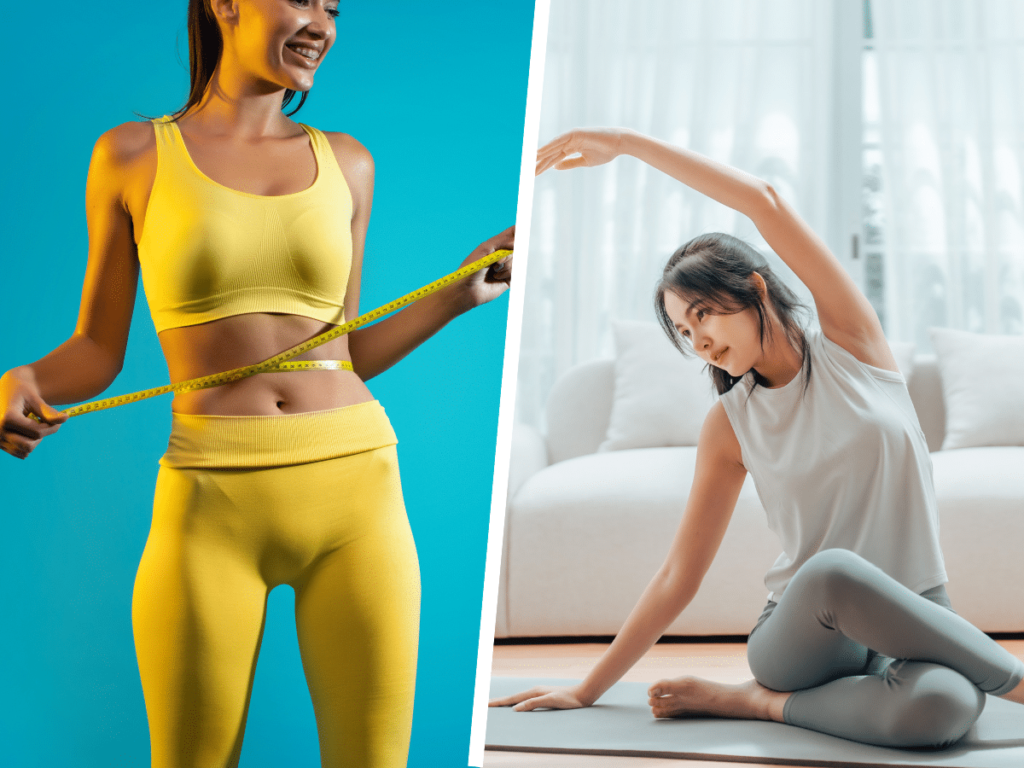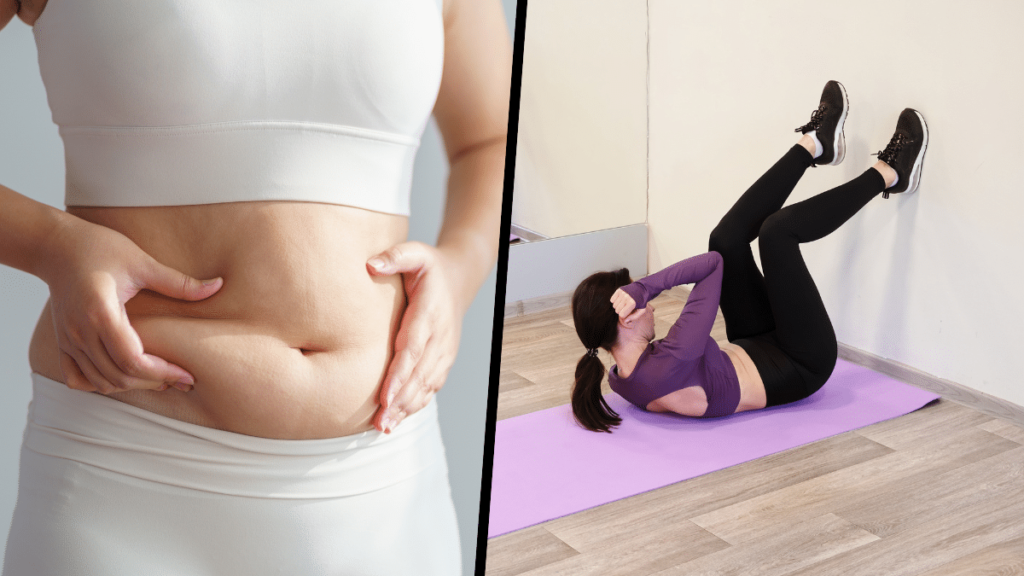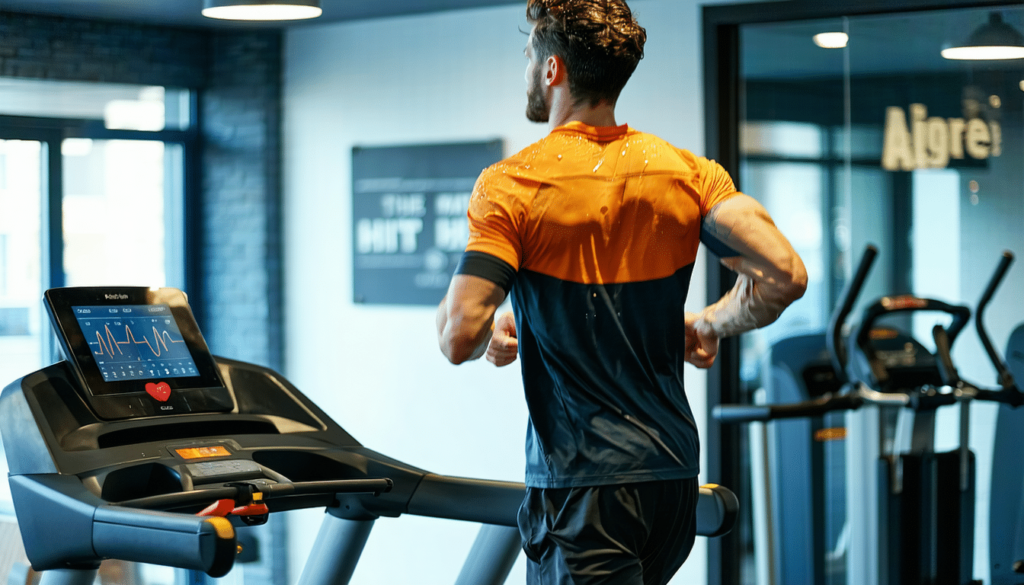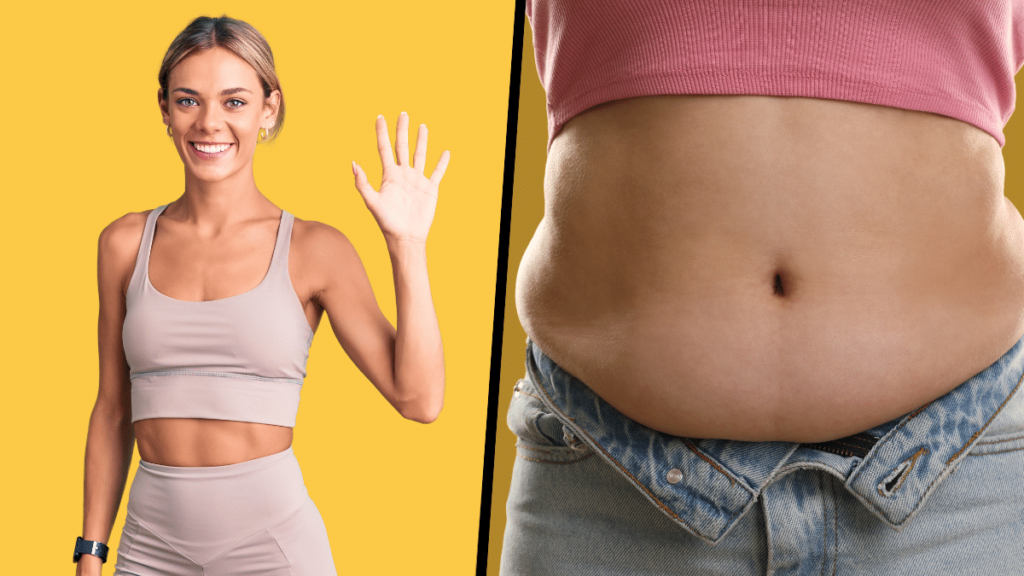Pilates, often seen as a gentle discipline reserved for seniors, offers a wealth of benefits, especially after the age of 40. This exercise method promotes flexibility, strength, and balance, making it an excellent ally for those looking to care for their bodies while minimizing the risk of injury.
Exercises suitable for all levels
Unlike other sports activities, Pilates can be practiced at any age and fitness level. Whether you are a beginner or advanced, there are modifiable exercises that cater to your needs. The movements are designed to strengthen deep muscles without putting excessive strain on the joints, which is crucial after 40.
The benefits of Pilates
Pilates after 40 offers numerous advantages:
- Strengthens the body: Through a series of exercises targeting the core muscles, you’ll develop better posture and a flatter stomach. To learn about some effective exercises, check out this article: 5 wall exercises for a flat stomach.
- Reduces pain: A well-strengthened and balanced body can prevent and alleviate chronic pain, especially in the back area.
- Improves flexibility: Regular practice promotes a flexible body, which is essential for maintaining mobility.
- Reduces stress: Pilates includes breathing techniques that help release tension and enhance mental well-being.
A boosted metabolism
It has been shown that Pilates stimulates the metabolism, which is particularly beneficial after 40 when the body starts to undergo changes. This can be useful for managing your weight. If you’re looking for more ways to boost your metabolism, check out this article on how Pilates can help you.
Social and community engagement
Another important aspect is the opportunity to practice Pilates in a group setting. Joining classes allows you to meet new people and build connections, thereby enhancing your commitment and motivation. This makes Pilates even more enjoyable and stimulating.
Tailor your practice to your routine
Incorporating Pilates into your routine has never been easier. I suggest you:
- Set goals: Whether it’s attending a session once a week or committing to daily practice, start small and gradually increase.
- Choose a convenient time: Practice when you feel most energetic.
- Experiment: Feel free to vary your sessions by trying different classes or exercises. For inspiration, check out this article on the best exercises after 40.
A holistic approach to health
Pilates is not just about the physical aspect. It also impacts mental and emotional well-being. In addition to toning your body, it contributes to your mood and overall quality of life. For specific exercises focused on well-being, check out this article on wall exercises.
In summary, Pilates is much more than a simple physical activity. It is a true holistic approach that allows you to work on your body while cultivating a healthy and serene mind. Don’t wait any longer to join this wonderful community of enthusiasts and discover all the benefits Pilates can offer you, especially after 40!







